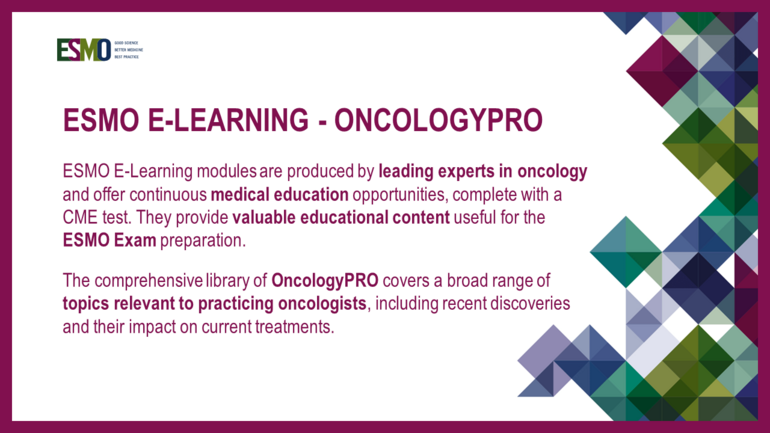In this E-Learning module, the author elaborates on why cancer-associated thrombosis (CAT) occurs in patients with cancer, why it should be prevented, what is the optimal prophylaxis, what is the optimal management in terms of the treatment of CAT, and what should be considered when selecting an anticoagulant.
The first part of the module covers the epidemiology and the pathogenesis of CAT, as well as related risk factors, in particular with respect to specific cancer types. The author explains that CAT rates can vary markedly between cancer stages, with differences in thrombotic risk factors throughout the cancer journey. Additionally, the effects of anticancer therapy on thrombosis, the prothrombotic mechanisms of specific anticancer agents, the impact of age, comorbidities, atrial fibrillation, tissue factor and thrombin are discussed. Details are provided on the pathophysiologic mechanisms of CAT in these contexts.
The author elaborates on the burden of venous thromboembolism in patients with cancer from the aspects of mortality, survival, hospitalisation, risk of recurrence and bleeding, incidental venous thromboembolism, and incidental pulmonary embolism, and how they might be manipulated as prophylactic management of CAT.
Details are given on how to identify the patients in whom thromboprophylaxis could offer benefit; data from clinical trials is provided, as well as an algorithm for individual decision-making for primary thromboprophylaxis in patients with cancer, including details on recommendations depending on the setting of ambulatory and hospitalised patients and the mode of anticancer treatment.
The next chapter elaborates on the optimal management of CAT in terms of treatment recommendations, results from the clinical trials, anticoagulation recommendations, and details about anticoagulation whilst the cancer is active, under treatment, or if risk factors for recurrence persist. The author also provides an algorithm for the treatment of CAT in special populations.
The next chapter analyses in depth the factors to consider when selecting an anticoagulant. The author also identifies the gaps in terms of awareness and educational needs about CAT both from the oncologists’ and the patients’ perspective.


